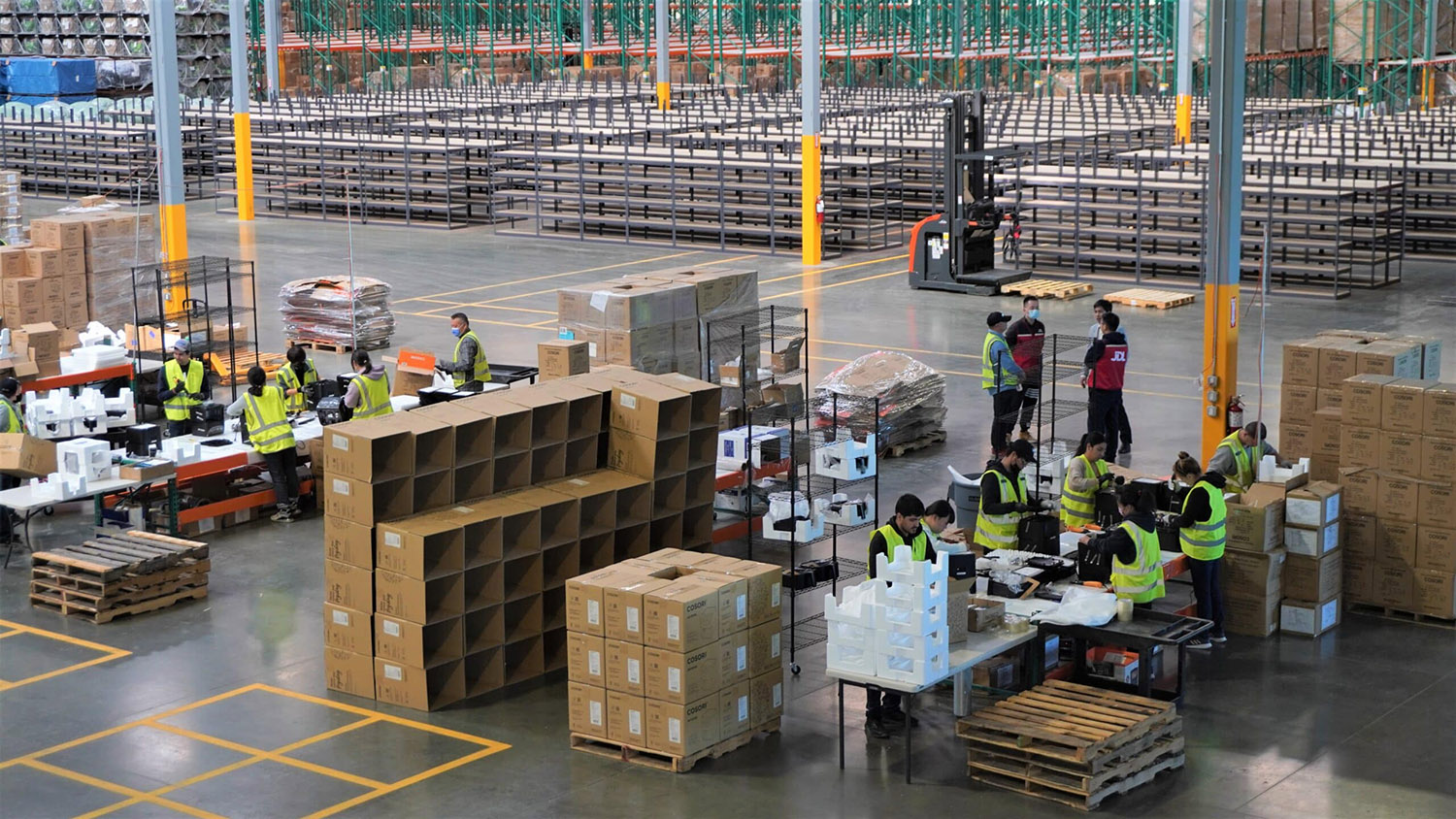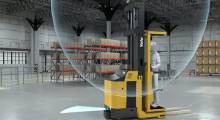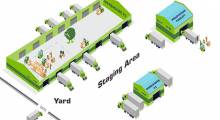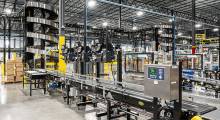While many U.S. supply chain automation providers have sought entry into the Chinese market, the reverse is also true. JD Logistics United States, the North American logistics arm of JD.com, recently announced that it has opened its third “self-operating” warehouse and distribution center in California. In combination with its previous facilities, the warehouse will create more than 300 local jobs, the company claimed.
The new warehouse will also grow the JD.com’s footprint to over 1.3 million sq. ft. of warehousing space throughout the state, said JD Logistics. The Mountain View, Calif.-based unit added that its new warehouse will provide omnichannel fulfillment services for both online and offline orders and reflects its commitment to using cutting-edge supply chain technology.
“Demand has shifted from the major e-commerce platforms to smaller independent operators, which has led to fragmented supply chains, adding further complexity and challenges to supply chain management,” stated Gordon Lu, general manager of JD Logistics United States.
“As more and more retailers are shifting from brick-and-mortar stores to e-commerce platforms, retailers continue to sell their products on multiple e-commerce platforms, which requires utilizing multiple warehouses to handle B2B and B2C orders, dramatically increasing their holding costs,” he said. “This is a challenge JD Logistics is uniquely equipped to solve.”
JD Logistics uses CTU robots
One of JD Logistics’ California warehouse relies on a container transport unit (CTU) system. Trucks deliver goods to the warehouse, where they are offloaded onto a network of automated conveyors and scanned, sorted, and stored by fast-moving, autonomous robots.
The system allows warehouse employees to wait in designated working stations while the CTU robotss pick up and drop off goods, said JD Logistics. Image scanners check the packages in microseconds, while a smart logistics system calculates where the packages should be dropped off.
The packages are then grouped by region into larger bins, which are picked up by forklifts and brought to the corresponding trucks for delivery to their final destinations, explained Yuchuan Wang, a company spokesperson.
JD.com noted that the CTU system helped increase the number of storage units from 10,000 to 35,000 by making full use of the height of the warehouse. The robots also improved operating efficiency by 300%, it said.
In addition to warehousing, JD Logistics United States claimed that it is one of the few third-party logistics providers (3PLs) to provide transfer, last-mile delivery, aftersales and maintenance, cross-border transportation, and other services in one stop.
JD Logistics said its automation capabilities also extend the order cut-off time from the industry average of 2:00 p.m. to 3:00 p.m., giving merchants an extra hour each day to have their same-day orders processed for delivery.
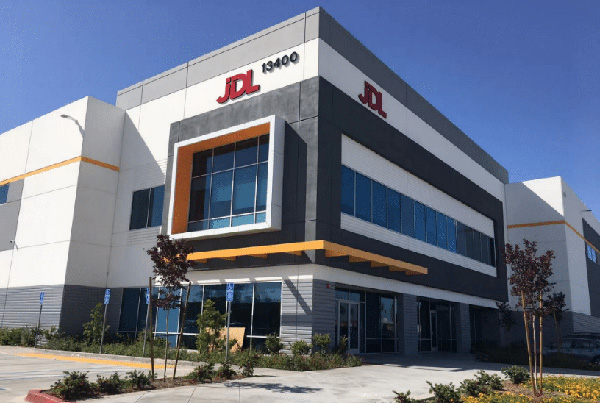
Global 3PL looks to shorten delivery times
In addition to its three California warehouses, JD Logistics United States operates two warehouses in New Jersey and one in Georgia. It said they enable it to deploy inventory across the country and place products closer to consumers, further shortening delivery time.
“Two-to-three-day delivery currently covers 90% of our regions, and we’re aiming to ensure two-day delivery across the entire country in the future,” said Lu. “This will eliminate barriers in the supply chain and enable us to elevate the already best-in-class logistics services we provide to our customers.”
JD Logistics said that it is replicating elements of its logistics and fulfillment operations in China to address supply chain challenges in North America, he said. This includes providing greater flexibility, inventory optimization, and storage cost reduction to retailers.
JD Logistics operates more than 1,500 warehouses in China, and its international business operates approximately 90 bonded facilities, international direct mail warehouses, and overseas warehouses globally. They cover an aggregate gross floor area of approximately 900,000 sq. m (9.6 million sq. ft.) with an over 70% increase year over year, said the company.
Article topics
Email Sign Up



